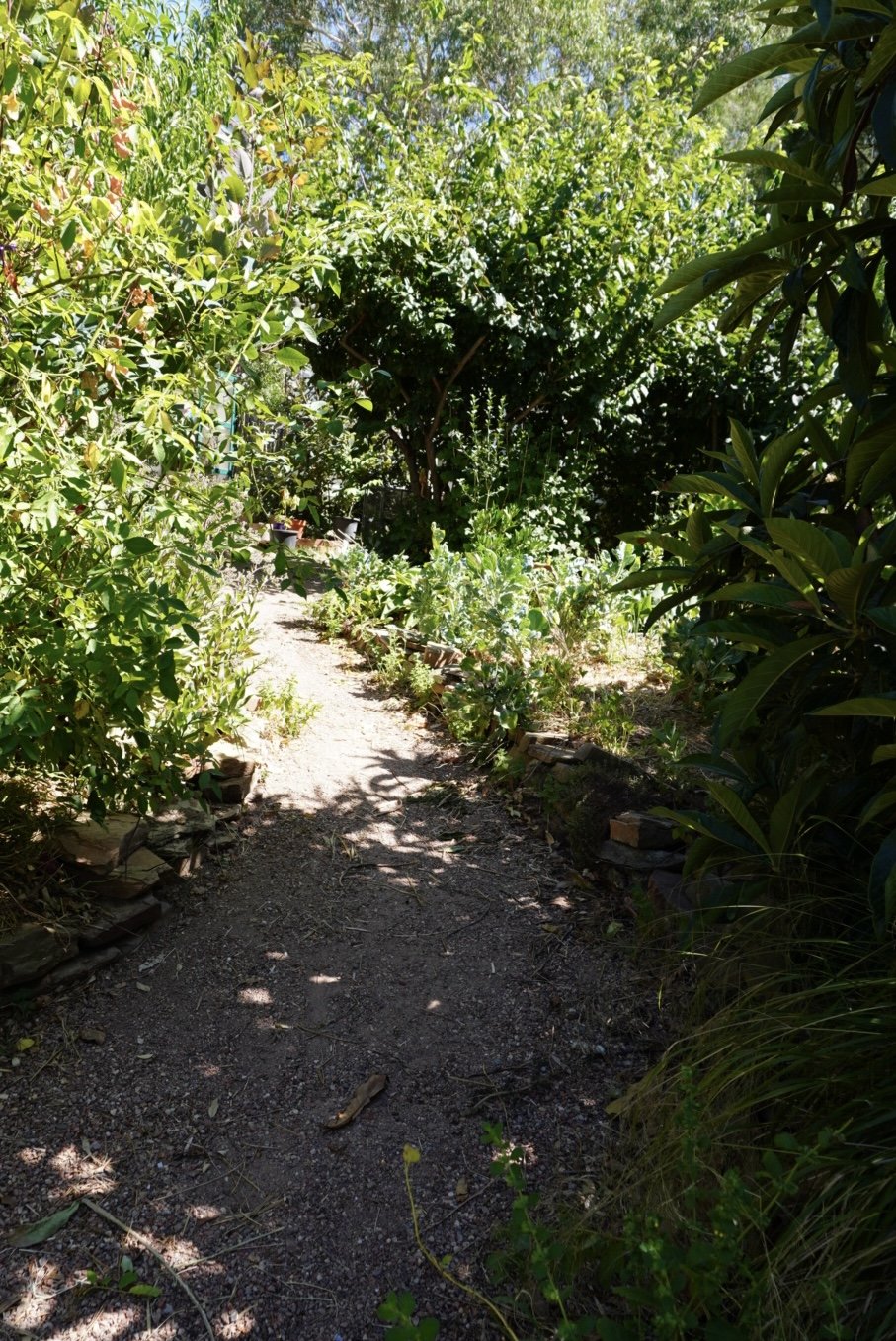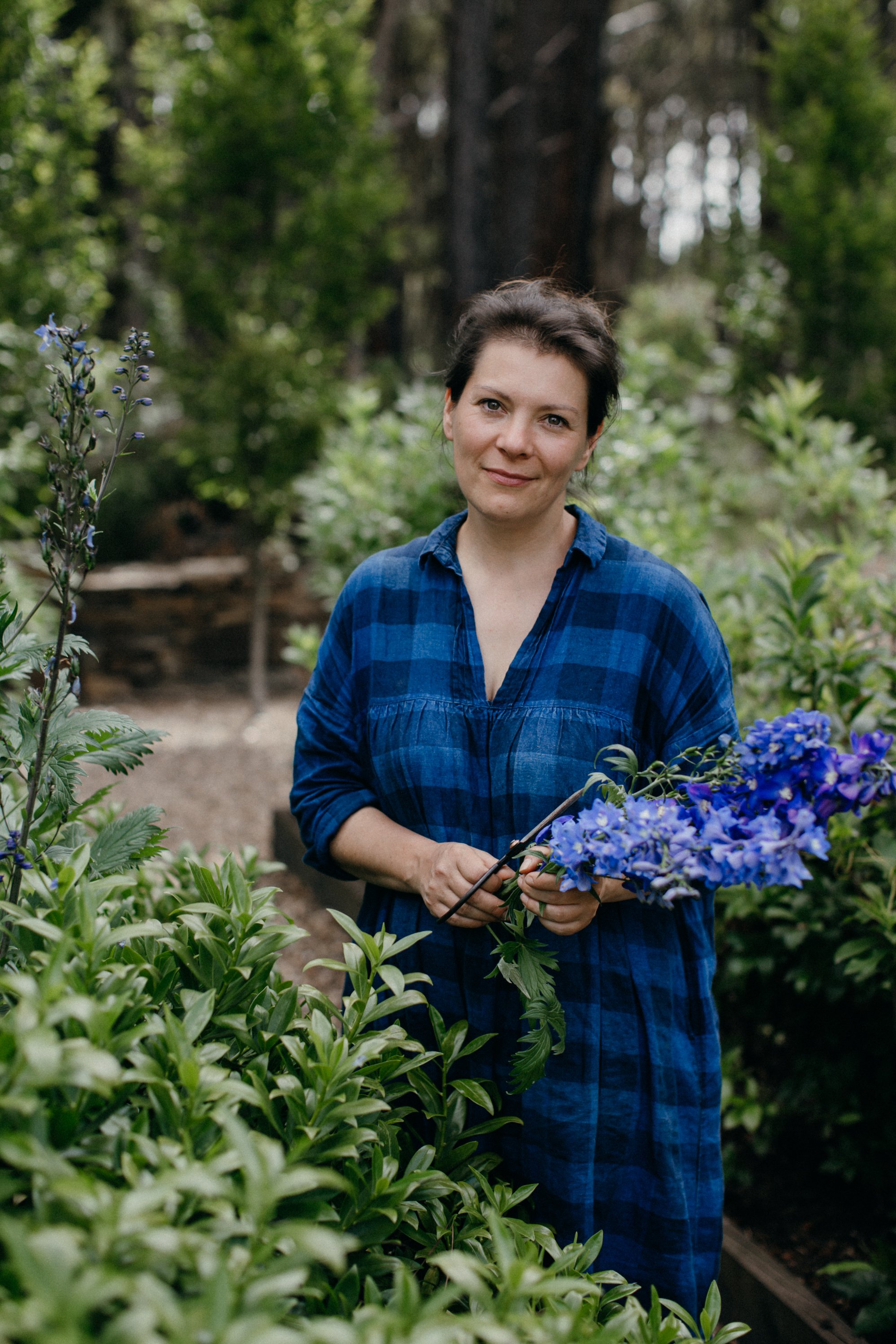Little Cottage On A Hill is the first garden I have designed without a drawing. No grand plans, no intricate blueprints—just a tape measure, some surveyor's spray paint, a handful of timber pegs, and a head full of ideas. Every line, every pathway, every planting bed was shaped and refined directly on the ground, responding to the site, the council’s nature strip planting guidelines, the seasons, and the way I wanted to live within the space. It has been a completely intuitive process, a deeply personal way of making a garden. The change in scale from Oak and Monkey Puzzle’s five acres to this smaller plot has afforded me the luxury and freedom to design 'on the ground' rather than through drawn plans, allowing the space to evolve naturally with my vision.
Now, as I embark on a very exciting new project (I can't wait to share more about that soon!), I feel it’s time to document this garden properly. And in a departure from my usual approach, I’m joining the technological superhighway! This time, I’ll be capturing the essence of Little Cottage On A Hill digitally, using the drawing app Procreate. My talented daughter, Saffron, has been using it for years for her artwork, and she’s patiently teaching me the ropes. It’s such a joy to be learning a new skill and to see the garden take shape in a whole new way.
This brings me to a question for you—how would you like to see the garden represented? What details would be most helpful, most inspiring? Would you like to see:
- The colours and textures of the planting, bringing the seasonal shifts and layered composition to life?
- Botanical names annotated so you can identify each plant?
- Dimensions of the beds, pathways, and open spaces, to get a sense of the scale and structure of the design?
This drawing will be the first of many for this special new project—think of it as a prototype of sorts. I’d so love your input as I begin this process.
What would be most useful, most exciting for you to see? Let’s shape this together.
Natasha xx
Follow along on Instagram, Facebook, LinkedIn, YouTube, or visit my website for more insights into gardening, sustainable living, and the quiet magic of growing.














































































































































































































































































































